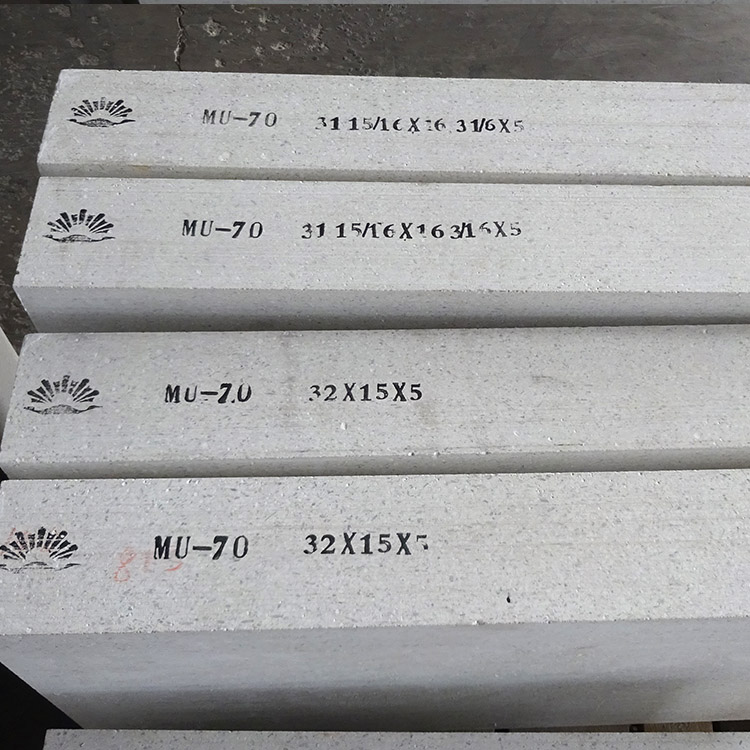
In high-temperature industrial operations, such as steel smelting and glass manufacturing, the role of refractory materials cannot be overstated. These materials are the backbone of high-temperature furnaces and kilns, ensuring the stability and efficiency of the entire production process. High-temperature magnesia-chrome bricks have emerged as an ideal choice for these demanding applications, offering a combination of excellent performance and reliability.
High-temperature magnesia-chrome bricks are made from sintered magnesia and refractory-grade chromite ore, bonded with silicate. Sintered magnesia is known for its high melting point and excellent resistance to basic slags. It provides the brick with a strong structural foundation, enabling it to withstand high temperatures without significant deformation. Refractory-grade chromite ore, on the other hand, enhances the brick's resistance to acidic and neutral slags, as well as its thermal shock resistance.

The manufacturing process of high-temperature magnesia-chrome bricks involves carefully selecting and proportioning the raw materials, followed by mixing, forming, and firing. The use of silicate as a binder ensures a strong bond between the magnesia and chromite particles, resulting in a dense and homogeneous structure. This structure not only enhances the brick's mechanical strength but also improves its resistance to corrosion and erosion.
High-temperature magnesia-chrome bricks exhibit remarkable performance characteristics. Their refractoriness exceeds 2000°C, and the load softening temperature is above 1550°C. These high-temperature properties make them suitable for use in the most demanding high-temperature environments. In terms of mechanical strength, tests have shown that these bricks can withstand compressive stresses of up to 50 MPa. In corrosion resistance experiments, they have demonstrated excellent resistance to a wide range of slags and molten metals.
When compared to magnesia bricks, high-temperature magnesia-chrome bricks have superior thermal cycling performance. Magnesia bricks tend to crack and spall under repeated heating and cooling cycles, while magnesia-chrome bricks can maintain their integrity and performance over a longer period of time.
.jpg)
In the steel smelting industry, the use of high-temperature magnesia-chrome bricks has significantly improved the efficiency of blast furnaces and converters. These bricks can withstand the high temperatures and corrosive slags generated during the steelmaking process, reducing the frequency of brick replacement and maintenance. As a result, production downtime has been minimized, and overall production costs have been reduced.
In the glass manufacturing industry, high-temperature magnesia-chrome bricks are used in the melting tanks and regenerators. Their excellent thermal shock resistance and corrosion resistance ensure a stable and long-lasting lining, which is crucial for the quality and consistency of the glass products.
In summary, high-temperature magnesia-chrome bricks offer a range of advantages, including high strength, excellent corrosion resistance, superior thermal cycling performance, and high refractoriness. These properties make them an ideal choice for high-temperature applications in various industries.
If you are currently considering refractory materials for your high-temperature operations, we invite you to learn more about our high-temperature magnesia-chrome bricks. Our team of experts is ready to provide you with detailed product information and technical support. Please visit our official website [Website URL] or contact us at [Contact Email] to request a sample or schedule a consultation.
.jpg)
Don't miss out on the opportunity to enhance your high-temperature operations with our high-quality magnesia-chrome bricks. Contact us now and take the first step towards better performance and cost savings!

